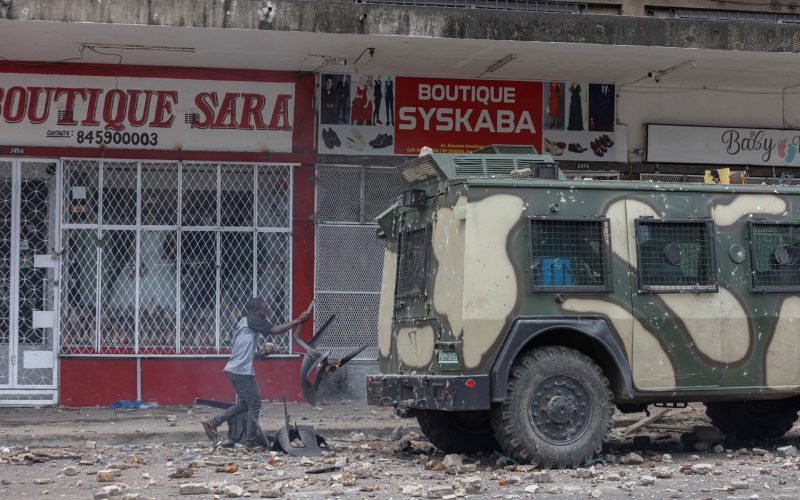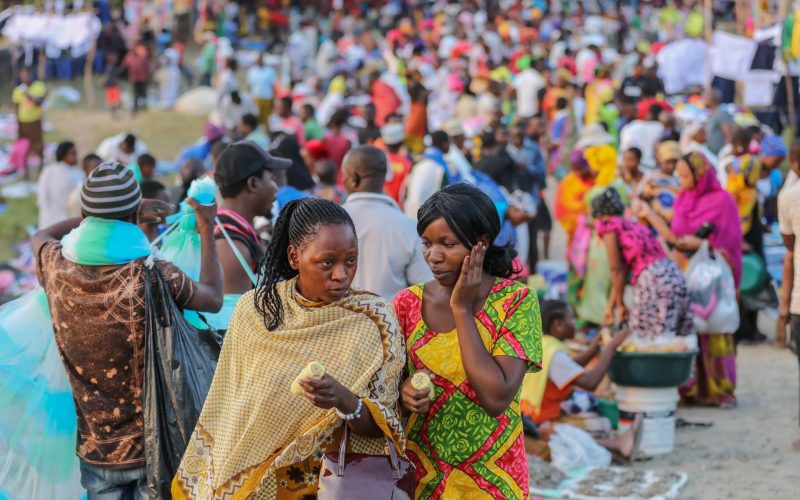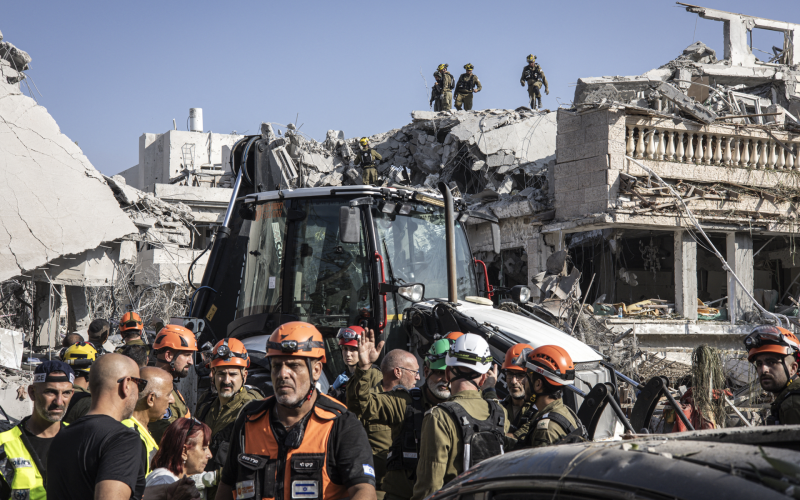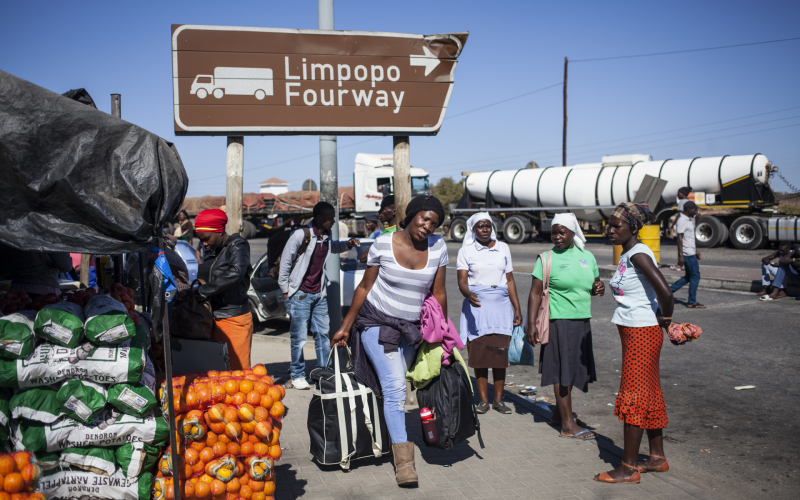No matter how many times mankind has been confronted by an outbreak of systematic homicide, the international community labours over what to call it – and thus how to respond to it.
Consider some entries in the Oxford English Dictionary: Atrocity: horrible or heinous wickedness; wanton cruelty. Barbarity: savage cruelty; harsh unkindness, barbarism (uncultured ignorance; unrestrainedness). Mass murder: mass – an oppressively or bewilderingly large amount; murder – (an instance of) the unlawful premeditated killing of one human being by another; terrible slaughter, destruction of life. Massacre: a general slaughter of people or animals; carnage. Slaughter: the killing of a person, especially in a brutal or ruthless manner; the killing of many people at once or continuously, as in war.
Each of these is only imperfectly applicable to the horrifying mass elimination of Congolese, European Jews, Cambodians, Zimbabweans, Rwandans and Bosnians. They connote scale and heinousness, but not necessarily intent or design.
In 1941, as evidence began to emerge of Nazi Germany’s ‘final solution’, a Polish linguist named Raphael Lemkin, who was himself Jewish, sought a new term for wide-scale human killing. The word, he insisted, must not be associated with any single occurrence of such crimes, must be easy to pronounce and remember, must apply to a specific context, and must both describe the crime and convey the horror it provoked. He finally settled on a hybrid of the Greek root geno (meaning ‘race’ or ‘tribe’) and the Latin suffix cide (meaning ‘killing’).
In his book Axis Rule, Lemkin defined his new word as ‘a coordinated plan of different actions aiming at the destruction of essential foundations of the life of national groups, with the aim of annihilating the groups themselves.’







